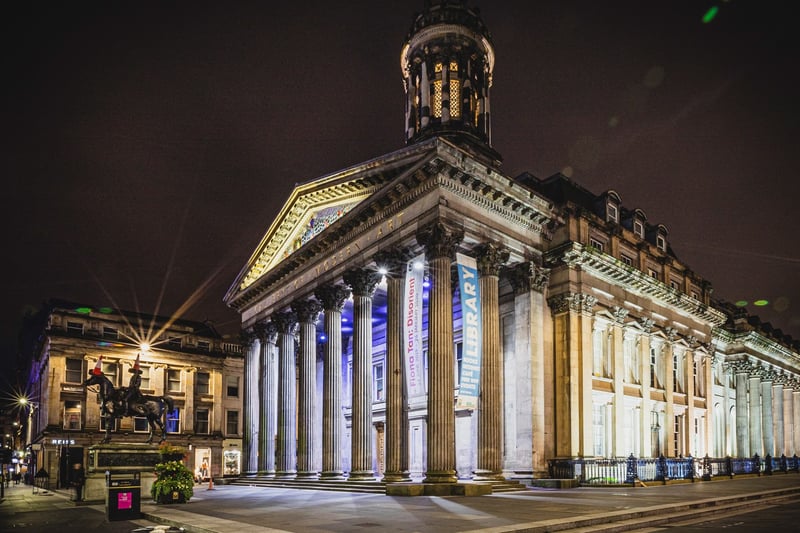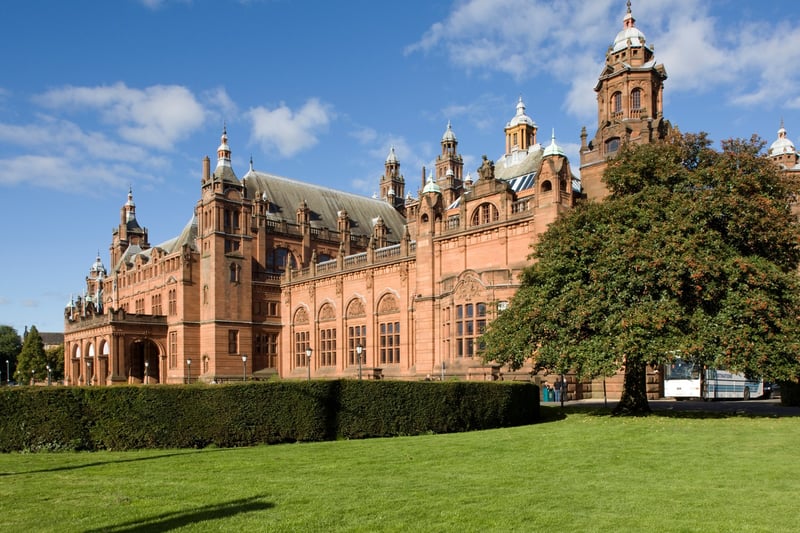Glasgow is home to some of the most stunning architecture you can find in Scotland - ranging from the sixth century all the way to Victorian-era, today we wanted to look at some of the most beautiful buildings in Glasgow, exploring their history and design.
Just as you can tell the history of a tree by counting it’s rings, you can count the history and culture of a city through it’s longest standing and proudest buildings - and Glasgow is in no short supply of stupendous and awe-inspiring structures. Designed by legendary architects like Charles Rennie Mackintosh and Alexander ‘Greek’ Thomson both having made their mark on the landscape of the city.
From the ancient religious Glasgow Cathedral to the one-of-a-kind Venetian-Victorian inspired Templeton on the Green - these 12 structures should give an insight into the city of Glasgow when they were built.
Whether the city was in the midst of the merchant boom from Atlantic trade, or under a thick cloud of smog as workers toiled away upon the Clyde - architecture has always been appreciated by the people of Glasgow.

1. University of Glasgow (1891)
Reportedly, Alexander Thomson was fuming that he never got awarded the contract for the University of Glasgow after his contributions to the city. Due to internal politics of the time, Sir George Gilbert Scott was awarded the contract. Although he died before the building was finished. His son John Oldrid Scott, a famous architect in his own right, would complete the now iconic building in 1891 that now serves as Glasgow Uni’s main campus. This included the University’s iconic tower, which stands 278 feet high and is one of Glasgow`s most notable landmarks.

2. Gallery of Modern Art (1778)
Fronted by the famous statue of the Duke of Wellington with a traffic cone on his head, Glasgow’s Gallery of Modern Art was opened as a gallery in 1996 with the building in Royal Exchange Square dating back to 1778.

3. Templeton’s Carpet Factory (1892)
Templeton’s Carpet Factory (or Templeton on the Green as it is now known) was a purpose-built carpet factory which looks incredibly different to the industrial estate carpet factory’s we have today.It was meant to display opulence, which was a tricky thing to get right in reserved Victorian Society who preferred the imposing majesty of Gothic Revival architecture. After repeated design proposals had been rejected by the Glasgow Corporation, Templeton hired the famous architect William Leiper to produce a design that would be so grand it could not possibly be rejected, so William Leiper modelled the building on the Doge’s Palace in Venice, which was constructed in the alternative Venetian Gothic style.

4. Kelvingrove Art Gallery and Museum (1901)
The construction of Kelvingrove was partly financed by the proceeds of the 1888 International Exhibition held in Kelvingrove Park. The gallery was designed by Sir John W. Simpson and E.J. Milner Allen, and opened in 1901 as the Palace of Fine Arts for the Glasgow International Exhibition held in that year. It’s built in a Spanish Baroque style, unique for Glasgow, but it followed the Glaswegian tradition of using Locharbriggs red sandstone. The centrepiece of the Centre Hall is a concert pipe organ constructed and installed by Lewis & Co. The organ was originally commissioned as part of the Glasgow International Exhibition, held in Kelvingrove Park in 1901. When the 1901 exhibition ended, a Councillor urged the Glasgow Corporation (now Glasgow Council) to purchase the organ, stating that without it, “the art gallery would be a body without a soul”. There’s a popular urban myth that the building was accidentally built back-to-front, and the architect jumped from one of the towers in despair upon realising his mistake. In reality, the grand entrance was always intended to face into Kelvingrove Park.
